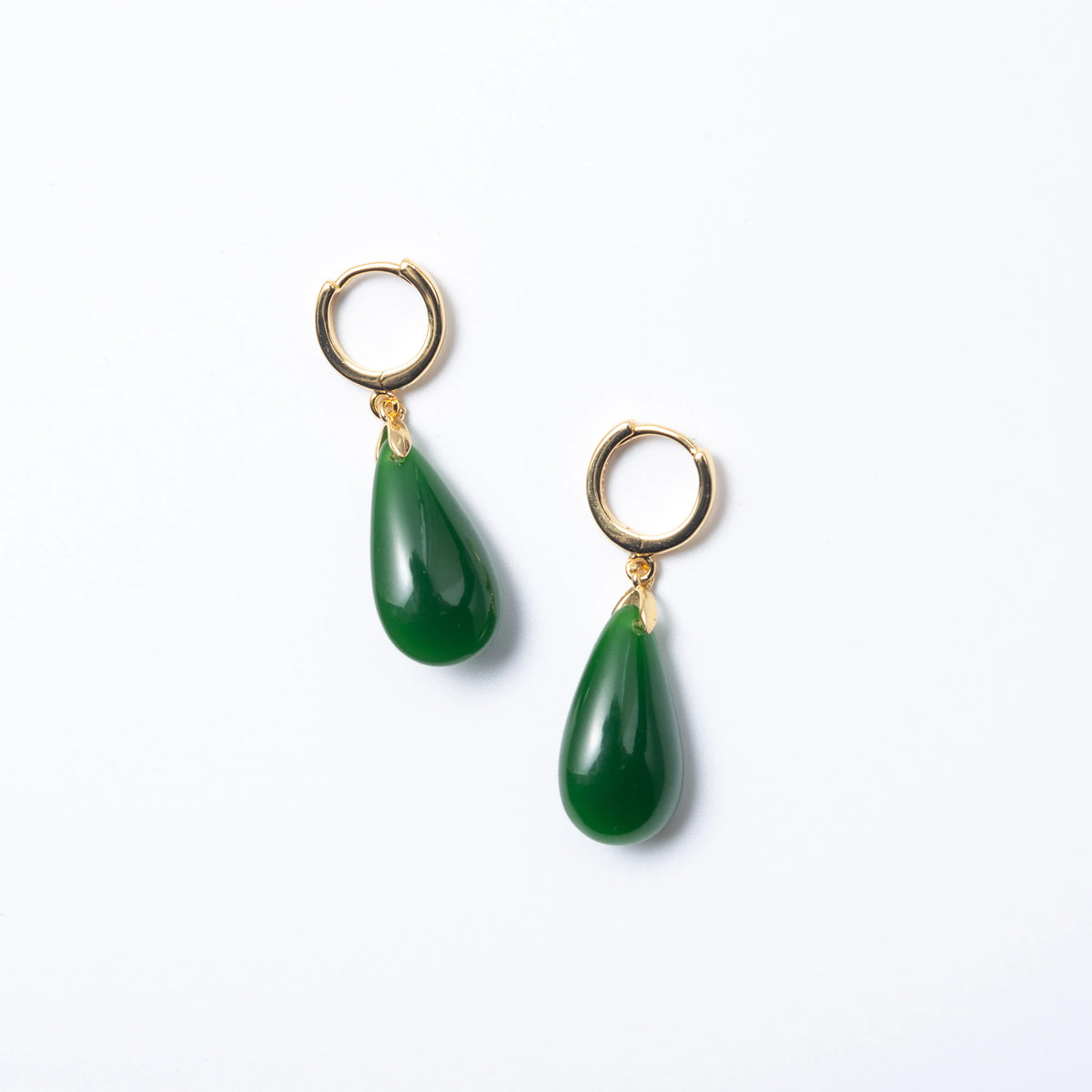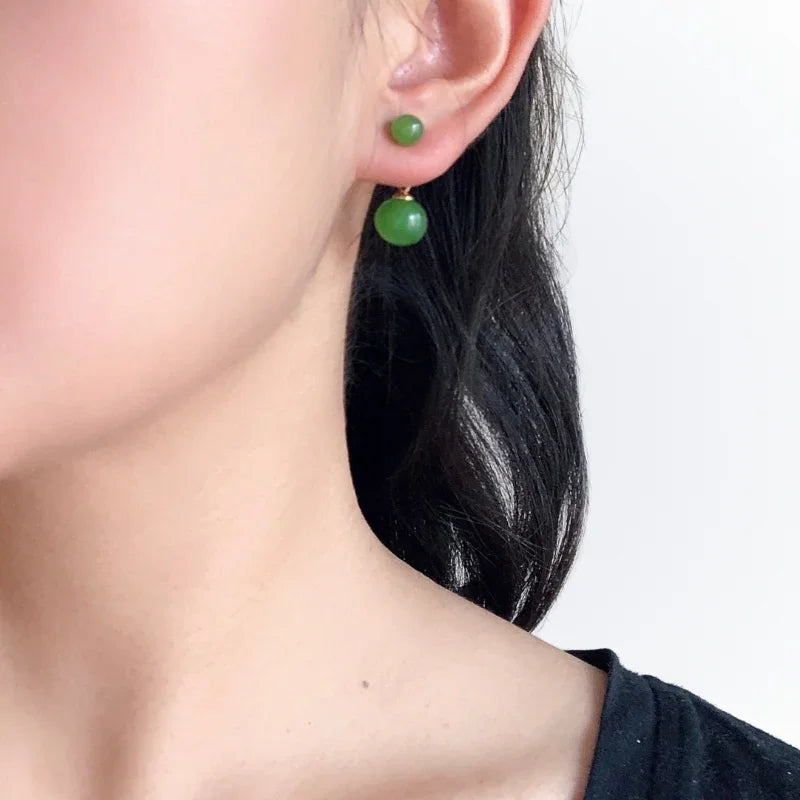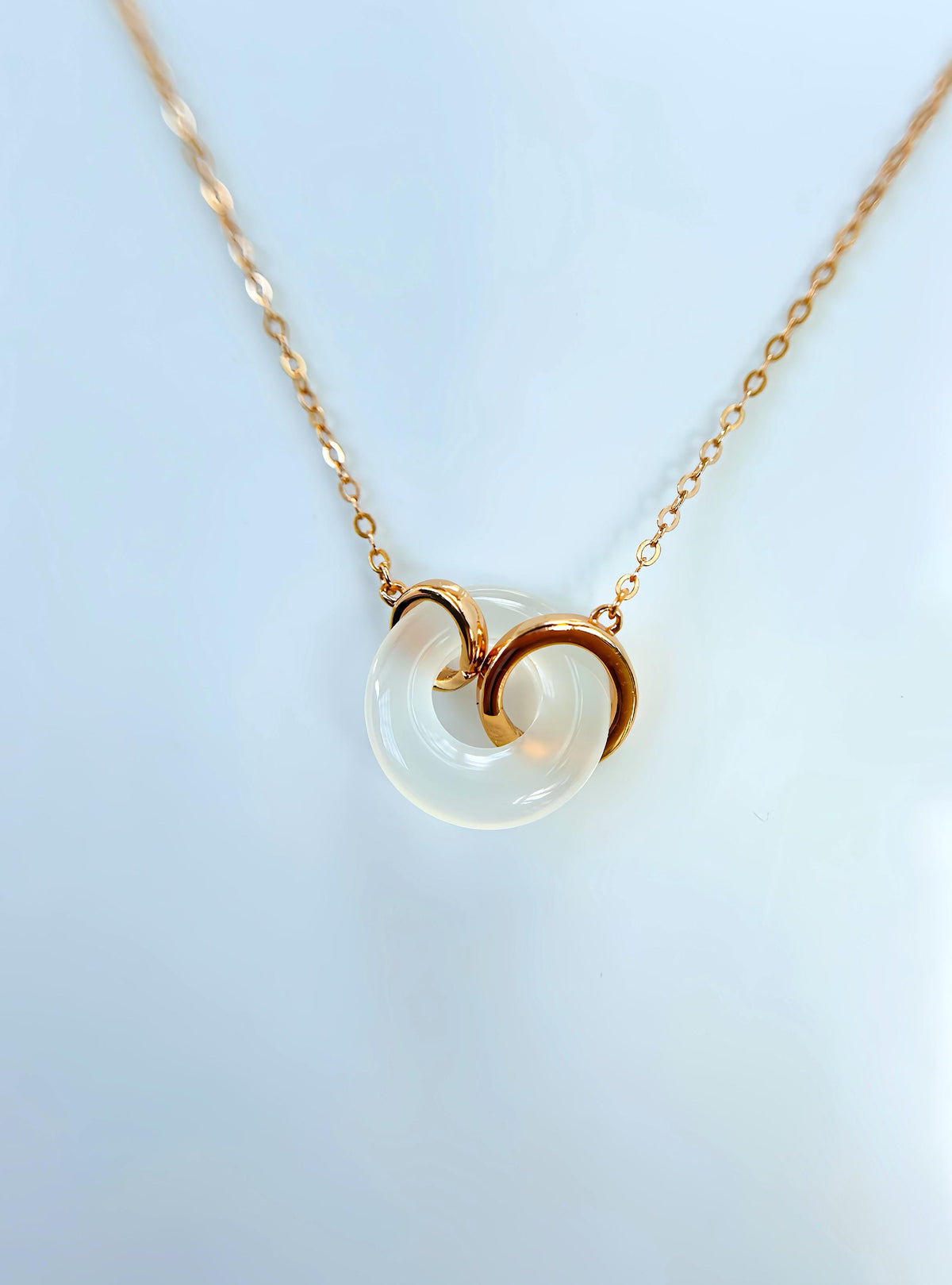Jade isn’t just a beautiful gemstone—it’s a symbol of meaning, memory, and magic that spans centuries and continents. While many people think of jade as primarily associated with China, its story is global. Across cultures, jade has been prized not just for its vibrant colors, but for the spiritual, social, and symbolic weight it carries.
Let’s take a journey through some of the world’s jade-loving cultures to see what this special stone represents.
China: Virtue, Protection, and Status
In Chinese culture, jade (玉 yù) has been revered for over 5,000 years. Confucius once said jade embodies five virtues: benevolence, righteousness, wisdom, bravery, and integrity. It’s been used for imperial seals, burial suits, amulets, and wedding gifts. Green jade is believed to ward off evil and promote health, making it a deeply cherished heirloom passed through generations.
Fun fact: In ancient times, Chinese nobles would often be buried with jade in their mouths to protect their souls in the afterlife.
Mesoamerica (Maya & Olmec): Life and Death
Jade was even more valuable than gold to the ancient Maya and Olmec civilizations of Central America. They used it for ceremonial masks, tools, and jewelry—often buried with elite members of society. To them, jade symbolized life, fertility, and power. The lush green color was associated with corn (their sacred crop) and blood (the life force).
New Zealand (Māori): Strength and Ancestry
In Māori culture, jade—called pounamu or “greenstone”—is considered a taonga (treasure). It’s used to make traditional tools, pendants, and weapons, often carved into intricate designs that represent protection, strength, or connection to ancestors. These are often handed down as heirlooms, carrying stories and mana (spiritual power).
Tip: If you're ever gifted pounamu, wear it close to your heart—it’s believed to gain strength and meaning the longer it’s with you.
Japan: Harmony and Purity
In Japan, jade (hisui) has been admired since the Jōmon period. It’s associated with purity, balance, and spiritual connection. Though not as prominent as in China, jade still plays a quiet role in Shinto rituals and traditional jewelry, often carved into magatama (comma-shaped beads) used as talismans.
Modern Interpretations: Wellness and Style
Today, jade is having a renaissance. From wellness rollers to modern minimalist jewelry, it’s loved for both its beauty and calming energy. Many wear jade not just for tradition, but as a personal symbol of grounding, growth, and elegance.
A Global Gem with Local Soul
Whether passed down in a Chinese family, carved by a Māori artist, or discovered anew by a modern collector, jade’s magic is universal. Every piece tells a story—not just of where it came from, but of who wears it and why.
Looking for real jade with real meaning?
Explore our handcrafted jade jewelry collection and discover a piece that speaks to your story.




